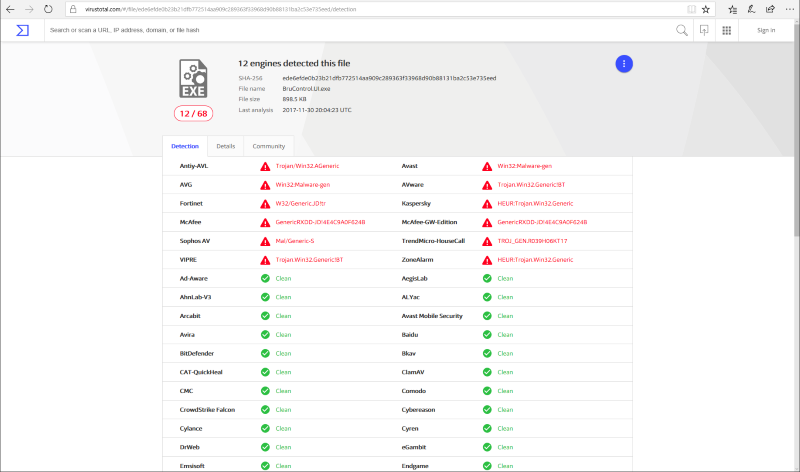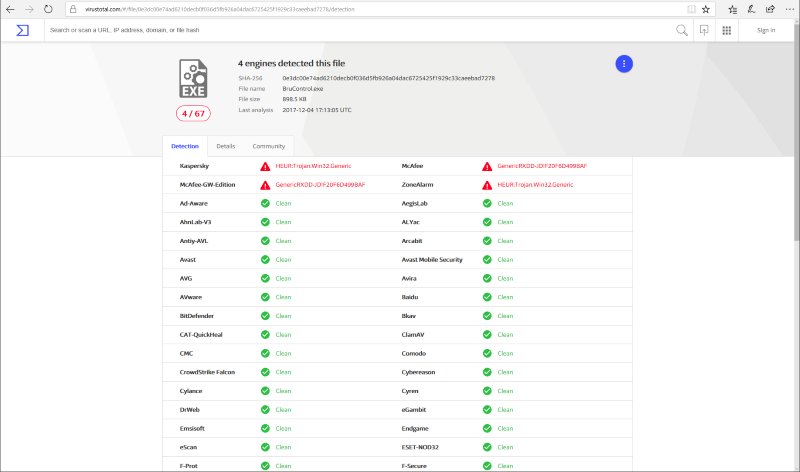Hi
@oakbarn,
Of course I am familiar with you due to your contributions on the BCS forum. I appreciated your guidance there when I was a BCS user, so value your opinion here.
It sounds like you have several deal breakers, so this may not be a fit for you. That said I will try to address them.
1. While individual I/O algorithms run on the micro controller interface, the automation (scripts) runs on the computer. Having multiple computers addressing the same interface will not work. Think of the host computer as an automation server. Now, if you want to address the server from different places, you can communicate with it via screen sharing applications like RDP, Chrome Desktop, etc. This allows you to use any client screen you like: PC, Mac, iPad, RPi, Android, etc. We have plans for a web interface, so you address the system via a web browser, but the server PC will need to remain.
2. I think you will find scripting very easy to use once you start. It is meant to be very powerful and flexible. I am not familiar with TurboTax but assume it is a wizard type system. All I can say is try it before you draw judgement. Remember we built this with BCS experience in mind - we felt the structured environment way to limited for true automation, so we built this with a combination of freedom and ease-of-use in mind.
3. I apologize but I don't understand what you are saying here. If Windows is a no-go for you, then unfortunately, this will not be a fit you you. We understand there are people who don't like or use Windows. We feel this is a more robust OS to build an automation server on, and have had very good success to date with it. We had original plans to compile on other OS, but ultimately determined this wouldn't be possible.
4. If you are referring to connectors, etc., yes this is planned in the future.
5. Fair enough. This is a common request. I just produced a complete interface solution for a user - MEGA controller with screw shield, Ethernet 2 shield, and a DIN rail mount. We will be offering this on the website soon. PM me if this is something you are interested in. I think you will find the I/O of the MEGA puts the BCS to shame.
6. We think it would be atypical these days for any computer to be isolated from the internet. That said, we believe our licensing system is unobtrusive. It checks for license renewal often but will not interrupt your system until a month of no internet. There are lots of benefits of course. Accessing your server from outside your home, email alerts, interface control through the internet, etc. offer some fairly powerful options.
I am interested in hearing your feedback. We are trying to make this platform very powerful yet user friendly. We might not get it perfect out of the box are intent on improving it based upon user feedback. We have had good feedback from our users so far, but welcome any insights from anyone.





